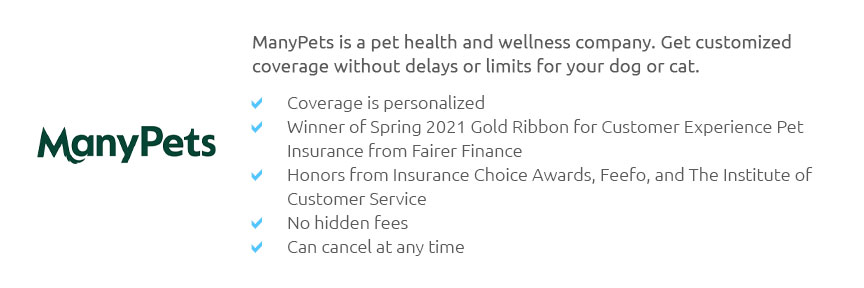 |
 |
 |
 |
 |
 |
|
 |
|
 |
|
 |
|
 |
|
 |
 |
 |
 |
 |
 |
 |
 |
Understanding Pet Insurance for Dogs: A Comprehensive GuideIn recent years, the concept of pet insurance has gained significant traction among dog owners who view their four-legged companions not just as pets, but as integral members of the family. As veterinary care advances, costs have simultaneously risen, making it imperative for conscientious pet owners to consider financial protection against unforeseen health issues. This article explores the intricacies of pet insurance for dogs, offering insights into its benefits, potential drawbacks, and key considerations. Pet insurance for dogs primarily functions as a safety net, cushioning the financial blow of unexpected veterinary expenses. With modern veterinary medicine offering sophisticated treatments that can be as costly as those for humans, insurance can prove invaluable. Policies typically cover a range of services, from accident and illness treatment to routine care, though the extent of coverage varies across providers and plans. One of the foremost advantages of pet insurance is peace of mind. Knowing that a significant portion of potential medical expenses is covered allows owners to make decisions based on their dog's health needs rather than financial constraints. Furthermore, many policies offer flexibility, allowing customization according to the pet's age, breed, and health status.
However, it's crucial for dog owners to scrutinize the fine print. Exclusions are common, with most policies not covering pre-existing conditions. Additionally, some breeds may incur higher premiums due to genetic predispositions for certain ailments. The waiting period-time before coverage kicks in after purchase-is another factor to consider. Despite these nuances, many pet owners find the cost of insurance justified by the potential savings and improved care for their dogs. In conclusion, while pet insurance for dogs is not an absolute necessity, it is a prudent choice for many. It offers a practical way to manage potential medical costs, ensuring that financial limitations do not compromise a dog's well-being. As with any insurance, the key lies in choosing a plan that aligns with both the owner's budget and the pet's needs, necessitating thorough research and comparison of available options. Ultimately, investing in pet insurance can be a proactive step towards ensuring a long, healthy life for man's best friend. https://www.akcpetinsurance.com/
AKC Pet Insurance offers pet insurance to both cats and dogs of all ages and breeds. Get a free quote from our calculator today or call us at 866-725-2747. https://www.nerdwallet.com/p/best/insurance/pet-insurance-companies
Among our top-rated companies, Pets Best offered some of the most affordable rates for dog insurance across a variety of U.S. cities. With ... https://www.metlifepetinsurance.com/
Pet health insurance reimburses you for covered costs on your vet bills helping you pay for your dog or cat's unexpected medical expenses. Take your pet to ...
|